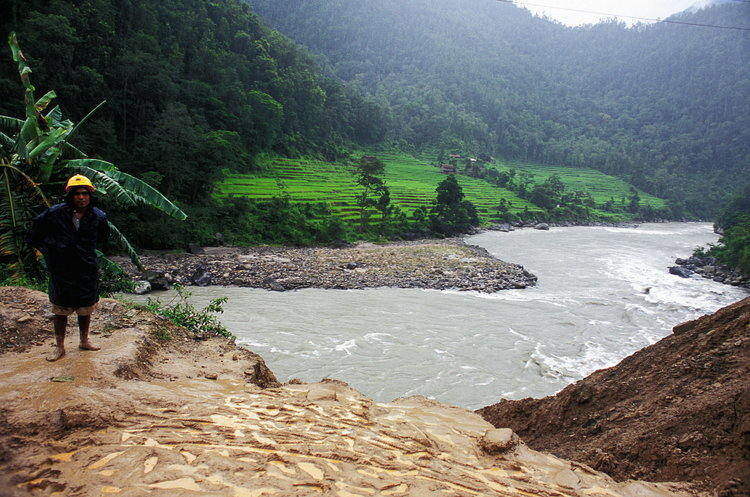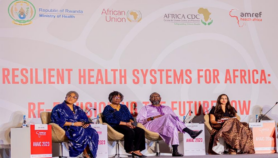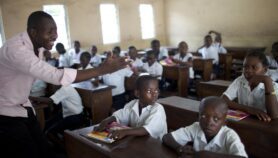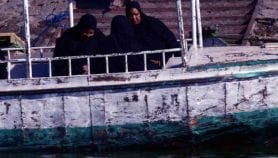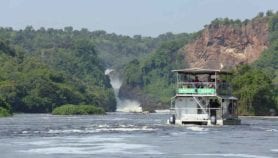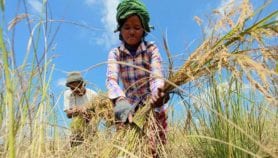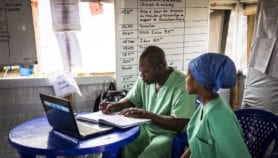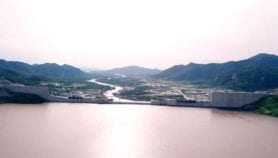By: Mike Ives
Send to a friend
The details you provide on this page will not be used to send unsolicited email, and will not be sold to a 3rd party. See privacy policy.
[HANOI] Teaming up on storm monitoring would make Asian nations more resilient to floods and landslides, a UN agency has said in an annual review of the region’s response to natural disasters.
The report was released last week (24 February) by the UN Economic and Social Commission for Asia and the Pacific (UNESCAP).
“Regional cooperation needs to be broadened beyond traditional approaches,” Francyne Harrigan, UNESCAP’s communications chief, told SciDev.Net by email. For example, she said, there could be more cooperation on seasonal weather forecasts and the development of climate models to predict the risk of river floods.
The report documents the impact of the 119 natural disasters in the region last year, which killed 6,050 and caused US$59.6 billion in damage. Tropical cyclone Hudhud alone, which hit India in October, caused US$11 billion worth of damage, it says.
Storm-warning systems and timely evacuations were instrumental in preventing further deaths across the region, the report says. But regional disaster preparedness could be improved through better scientific analysis and mass communication of impending disasters, and by establishing “regional cooperation mechanisms” to address preparation for floods and landslides.
The report says joint monitoring should focus more on slow-onset disasters such as droughts, even if the severity of their impact has fairly predictable general impacts and can be difficult to quantify.
Harrigan said countries should establish national disaster preparedness agencies and that the cooperation mechanisms could fill national capacity gaps. She said one model for such an approach is the Thailand-based Regional Integrated Multi-Hazard Early Warning System for Africa and Asia (RIMES), which has helped Bangladesh forecast floods further in advance.
Regional cooperation on disaster preparedness has already improved over the past decade in tandem with growing national monitoring capacity in disaster-prone countries such as the Philippines and Vietnam, says Aslam Perwaiz, head of disaster risk management systems at Thai NGO the Asian Disaster Preparedness Center.
But responsibility for storm monitoring within Asian countries typically falls to just one or two ministries, and it would be better if other ministries, particularly ones that deal with finance and planning, played more active roles, he says.
Perwaiz adds that there is still a glaring lack of regional cooperation on disaster response and reconstruction, especially during political strife.


